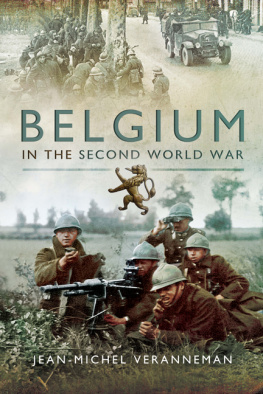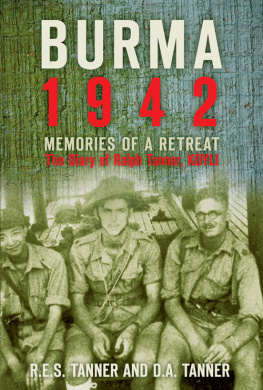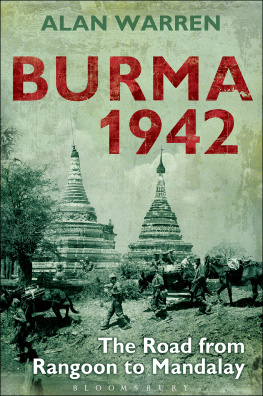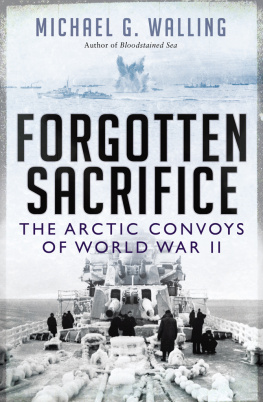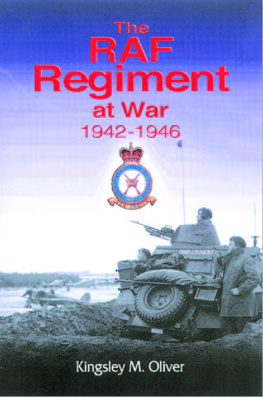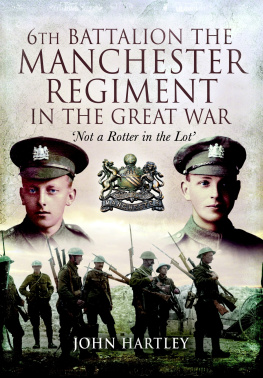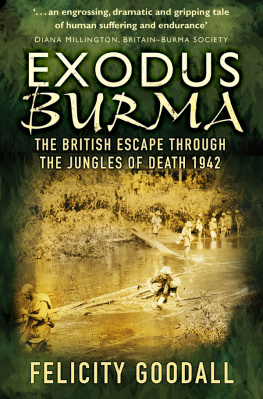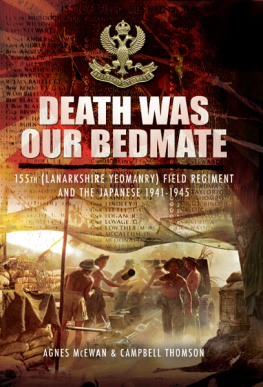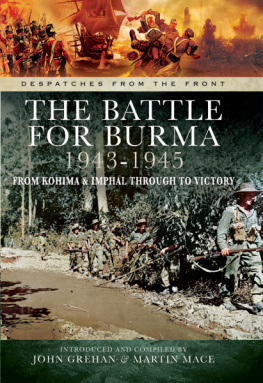First published in Great Britain in 2014 by
PEN & SWORD MILITARY
an imprint of
Pen & Sword Books Ltd
47 Church Street
Barnsley
South Yorkshire
S70 2AS
Copyright Philip Line, 2014
ISBN 978-1-78159-440-7
eISBN 9781473841178
The right of Philip Line to be identified as the author of this work has been asserted by him in accordance with the Copyright, Designs and Patents Act 1988.
A CIP catalogue record for this book is available from the British Library.
All rights reserved. No part of this book may be reproduced or transmitted in any form or by any means, electronic or mechanical including photocopying, recording or by any information storage and retrieval system, without permission from the Publisher in writing.
Typeset by Concept, Huddersfield, West Yorkshire, HD4 5JL.
Printed and bound in England by CPI Group (UK) Ltd, Croydon CR0 4YY.
Pen & Sword Books Ltd incorporates the imprints of Pen & Sword Archaeology, Atlas, Aviation, Battleground, Discovery, Family History, History, Maritime, Military, Naval, Politics, Railways, Select, Social History, Transport, True Crime, and Claymore Press, Frontline Books, Leo Cooper, Praetorian Press, Remember When, Seaforth Publishing and Wharncliffe.
For a complete list of Pen & Sword titles please contact
PEN & SWORD BOOKS LIMITED
47 Church Street, Barnsley, South Yorkshire, S70 2AS, England
E-mail: enquiries@pen-and-sword.co.uk
Website: www.pen-and-sword.co.uk
This book is dedicated to the memory of Raymond V. After the war he met Roger S. Both were Belgian but they had fought on different sides in the war, wearing different uniforms. Raymonds had been the British battledress, Rogers that of the Waffen SS. Both were in their twenties and both were motivated by idealism. One had served in Normandy, the other in Russia. The highly decorated Raymond V., having completed his law studies immediately after the war, defended Roger S. at his court martial. Roger S. was sentenced to death for high treason but was reprieved by Prince Charles, Regent of Belgium. Both these old soldiers died in their eighties, in their beds. Raymond V. was my father.
List of Plates
List of Maps
Words of Thanks
The author would like to mention several historians who have inspired him. One of the best contemporary Belgian historians was Jean Van Welkenhuyzen, whose pioneering work has opened to the public many aspects that were previously unknown about Belgium in the Second World War. Like Van Welkenhuyzen, Jean Stengers of Brussels University (ULB), has left us too soon. The author had the privilege to be taught by him, as he was also by Professors John Bartier and Jacques Willequet. He was fortunate to be able to discuss the period and particular episodes with Professor Francis Balace of Lige University, Dr Chantal Kesteloot of the Centre dEtudes de la Seconde Guerre Mondiale (CEGES) in Brussels and Prof. Van Goethem of the Dossin Barracks Memorial. Colonel Castermans, former CO of the Chasseurs Ardennais Regiment and a keen military historian read the chapters dealing with military operations, while Commander Douglas Stevenson USCG (Ret.) did the same for the paragraphs dealing with maritime aspects. Historians John Rogister and Sophie Hottat both kindly read the whole work while in progress. All made useful suggestions for corrections. Ana Carolina Lopes Ferreira da Silva drew the maps free of charge, while Pierre Lierneux of the Brussels Royal Army Museum and, again, Colonel Castermans, helped me with most of the pictures. Marie-Ccile Helleputte kindly donated most of her library on the Second World War, including several relevant books. To them and to a number of others the author would like to express his sincere gratitude, with a special thank you for his patient wife Maria.
Authors Note
At the publishers prompting, the author has not interrupted the text with notes. They are cued by superscript number in the text and grouped together at the end of the main text. They usually refer to points that are of minor importance or are not directly part of the history of Belgium during the Second World War, but may be of interest to the reader.
Prelude: The attack on Fort Eben Emael
10 May 1940
At about 0030hrs situated about 20km north of Lige, was given an alert order, which he passed on to the garrison. Since the night before, a large number of the forts men had been given home leave and this was the tenth alert. Many of his soldiers, believing this to be just another false alarm, were reluctant to leave their barracks outside the fort to man their posts inside it. But not long afterwards Jottrand, hearing anti-aircraft fire coming from Maastricht, immediately realized this time it was for real and gave orders to blow up the Kanne Bridge over the Albert Canal, which was his responsibility. This done, he also ordered the outside barracks to be destroyed so as to give the forts guns on the southwest side an unobstructed field of fire and, as prearranged, to fire continuous and regularly spaced blanks from one of the cannons to recall some of the forts men who were billeted in nearby Eben Emael village. Unfortunately, some of the men detailed to level the temporary barracks were just those supposed to man the AA machine guns on top of the fort, so they were thus delayed before they could get back to their posts.
At 0410hrs, several large, unmarked planes were observed circling and spiralling silently down towards the fort and at 0412hrs the first of nine Lufwaffe DFS 230 gliders, bringing the Granit (granite) group of Fallschirmjgern (paratroops), skid-landed on top of the fort amongst the cupolas. After months of repetitive and systematic training in secrecy in Hildesheim and the captured Czech forts, they had boarded their gliders in Ostheim field, near Cologne, at 0335hrs and had been towed in by Junkers 52s as far as the border, guided by a series of searchlights pointing the way to Eben Emael. Belgian Canonnier (Gunner) Rmy, after wondering at first whether the aircraft he was seeing were not Belgian planes in distress, finally opened fire on them just as one of the gliders crashlanded on another AA machine-gun nest. As the gliders landed, out scrambled German engineers/paratroopers who immediately proceeded to silence most of the big guns of the forts cupolas, either placing single demolition charges inside the tubes or more lethally by placing the heavy 50kg hollow charges they had brought for that purpose on the cupolas. Terrifying explosions rocked the gun turrets or blew deep cylindrical holes in the steel observation bells, obliterating the Belgian gunners or observers inside. Most periscopes were immediately shattered and several turret turntables disjointed when the turrets were lifted up to fire. Canonnier Furnelle was pulverized inside his observation clock just as he was reporting the landing of the curious noiseless planes close to him. Contrary to later popular belief German intelligence was not perfect as valuable effort was also wasted on dummy, tin cupolas.
More gliders brought the other three groups of Fallschirmsturmabteilung Koch (assault paratroop detachment): group Stahl (steel) at Veldwezelt Bridge, Beton (concrete) at Vroenhoven Bridge and Eisen (iron) at the Kanne Bridge over the strategic Albert Canal (see Map 1, page 6). As ordered Sergeant Pirenne blew the latter up as the Germans were close to storming it, but the two others were taken after a short, savage fight with flame throwers, and the demolition charges were defused. Most of the Belgian soldiers in the bunkers defending the bridges lost their lives.
After most of Fort Eben Emaels guns had been rendered useless, and several counterattacks both by part of the garrison and a platoon of Belgian Grenadiers located in the vicinity had failed, morale inside started to suffer from the constant deafening explosions that reverberated for hours inside the long galleries. Oberleutnant Witzig, in command of Granit but whose glider had broken its towing cable in flight, managed to find a replacement DFS 230 and joined his men. At some points the Germans blasted their way into the forts turrets and sought refuge inside against fire from the other nearby Belgian forts prearranged in case the enemy had gained the advantage. Inside a turret he had penetrated, a German NCO picked up a ringing telephone and slowly said, in English, The Germans are here, to be answered by a startled, Oh! mon Dieu! Feldwebel (Sergeant) Arent entered cupola Maastricht 1 and descended the steel staircase leading to its magazine. He placed a 50kg hollow charge against the armoured door he found there barring his progress and retired up the stairs. In the confined space the charge completely blew away the heavy steel and concrete door from its locks and hinges and it smashed into a concrete wall behind, reducing to a pulp six Belgian soldiers who were at their posts behind it. The damage can still be seen today and is a poignant sight. The tremendous blast also deafened Feldwebel Arent, even tens of metres away, and destroyed the steel staircase, preventing him from going down again.

